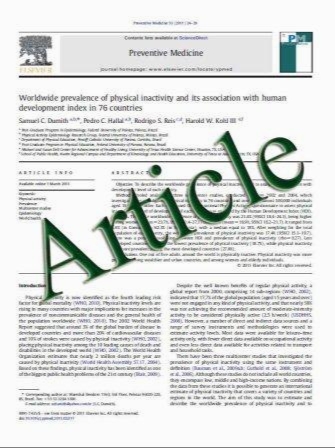FTO mRNA Expression in Extremely Obese and Type 2 Diabetic Human Omental and Subcutaneous Adipose Tissues
- نوع فایل : کتاب
- زبان : انگلیسی
- مؤلف : Belgin Süsleyici-Duman & Kağan Zengin & Figen Esin Kayhan & Meliha Koldemir & Fatma Kaya Dağıstanlı & Penbe Çağatay & Melek Öztürk & Mustafa Taşkın
- چاپ و سال / کشور: 2011
Description
Background Fat mass and obesity-associated protein (FTO) gene expression is known to correlate with obesity. Our aim was to investigate the FTO gene expression in paired omental and subcutaneous human adipose tissues from morbid and obese patients. To understand the role of CD68- positive macrophages in adipose tissues, the correlation with adiposity parameters such as adipocyte diameter and adipocyte radius was also measured. Drug and adiposity correlations were also analyzed. Methods Paired omental and subcutaneous adipose tissue were excised during elective surgery from morbidly obese (n=9) and obese (n=5) patients. FTO expressions were determined by quantitative PCR. Tissue sections were analyzed for their CD68 protein expressions by immunuhistochemistry. Results Omental and subcutaneous adipose tissue FTO gene expression levels were not found to differ significantly among morbidly obese and obese study groups. Serum aspartate aminotransferase e and alanine transaminase levels were found to be in negative correlation with subcutaneous fat tissue FTO expression rate. Antidiabetic drug use was found to be in correlation with adiposity. Both subcutaneous and omental fat cell diameters were found to have correlation with antidiabetic drug use. Omental fat cell diameter was found to enlarge together with omental CD68 protein expression. Subcutaneous macrophage number decreased while omental fat cell radius increased. Omental macrophage number was found in correlation with subcutaneous macrophage number. Conclusions Antidiabetic therapy was found to increase adiposity in omental and subcutaneous fat. Further research is needed with larger samples to explore the exact role of FTO in obesity.
OBES SURG DOI 10.1007/s11695-011-0446-6


